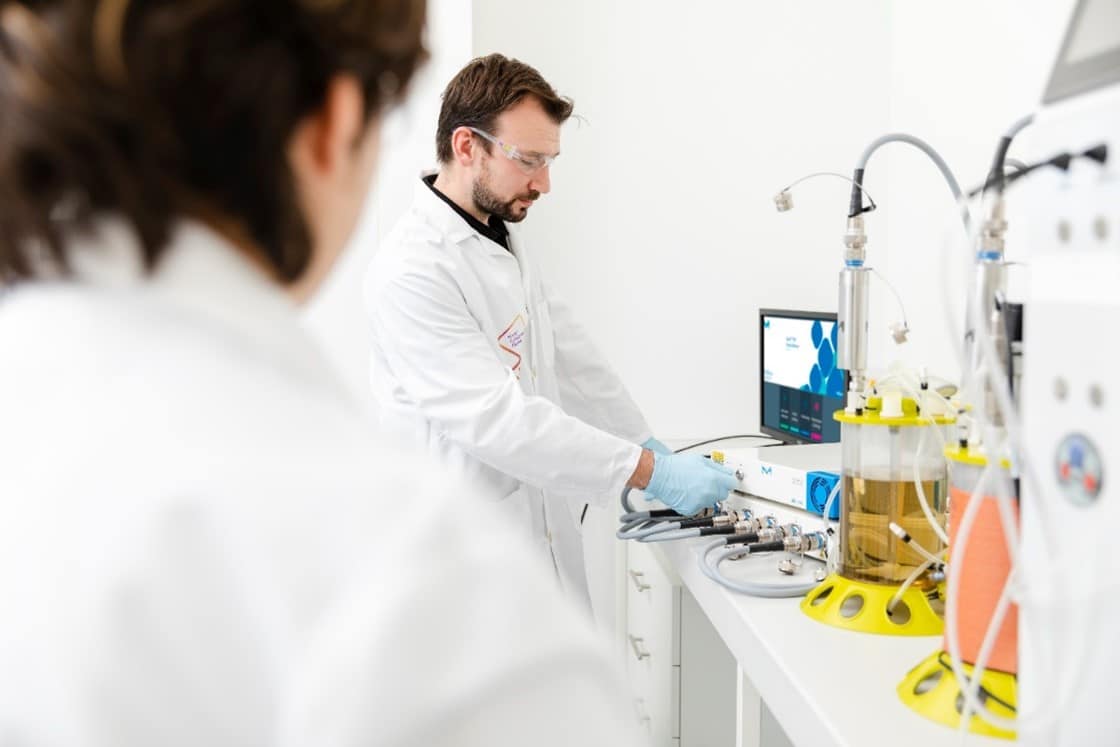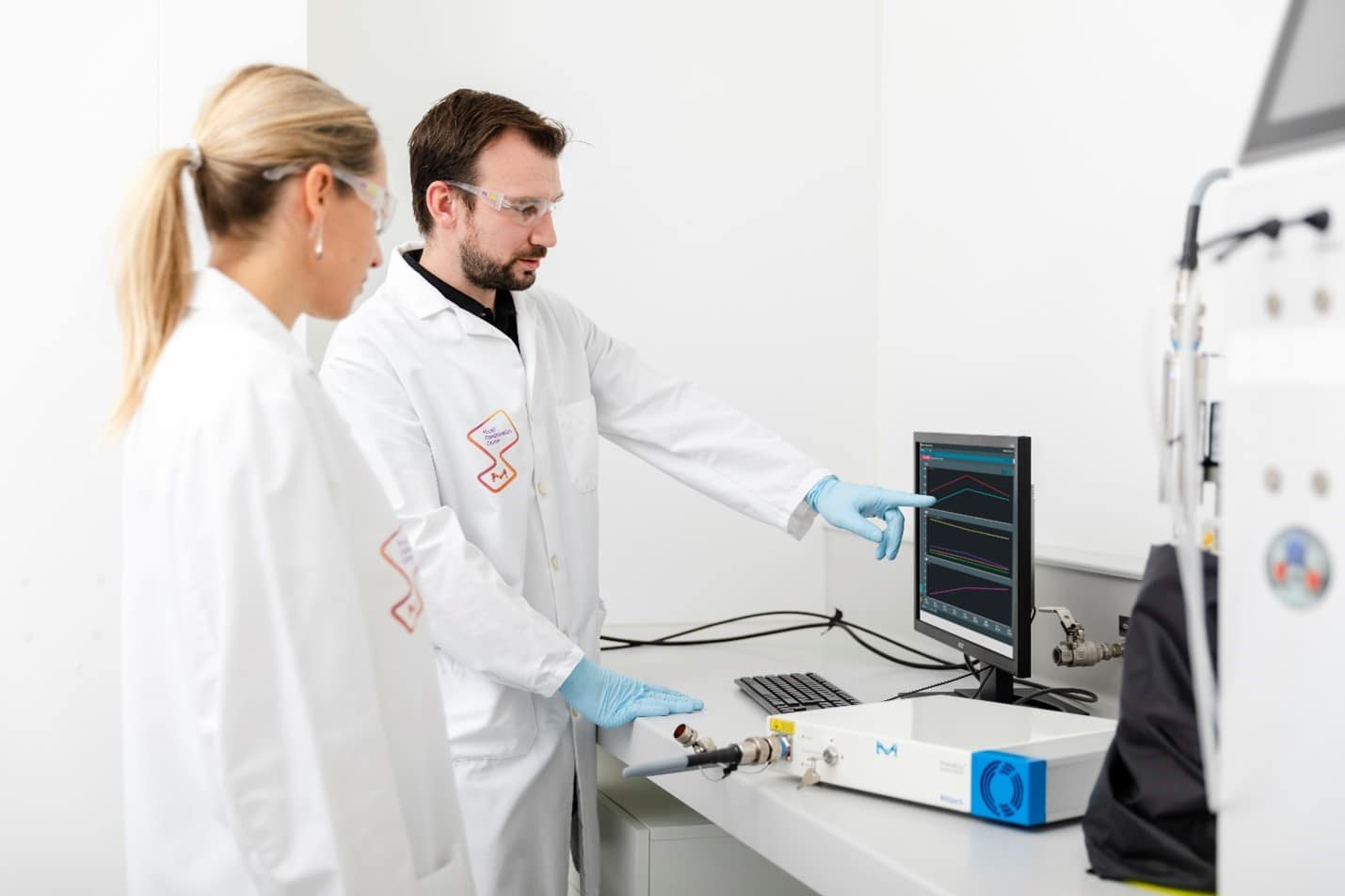Gene Therapy · News
Keys to Success: Allogeneic Cell Therapy Manufacturing
Robust commercial scale bioprocessing workflows must be established along with strategies for sterility assurance during the production of allogeneic products.
Bioprocessing considerations include:
• Establishing a robust process
• Ensuring process compatibility
• Creating the sampling plan
• Planning for media production
Sterility assurance considerations include:
• Using GMP materials
• Qualifying raw materials
• Adopting closed processing
• Performing aseptic process simulations
• Ensuring proper sterile filtration
• Understanding extractables, leachables, and particulates









